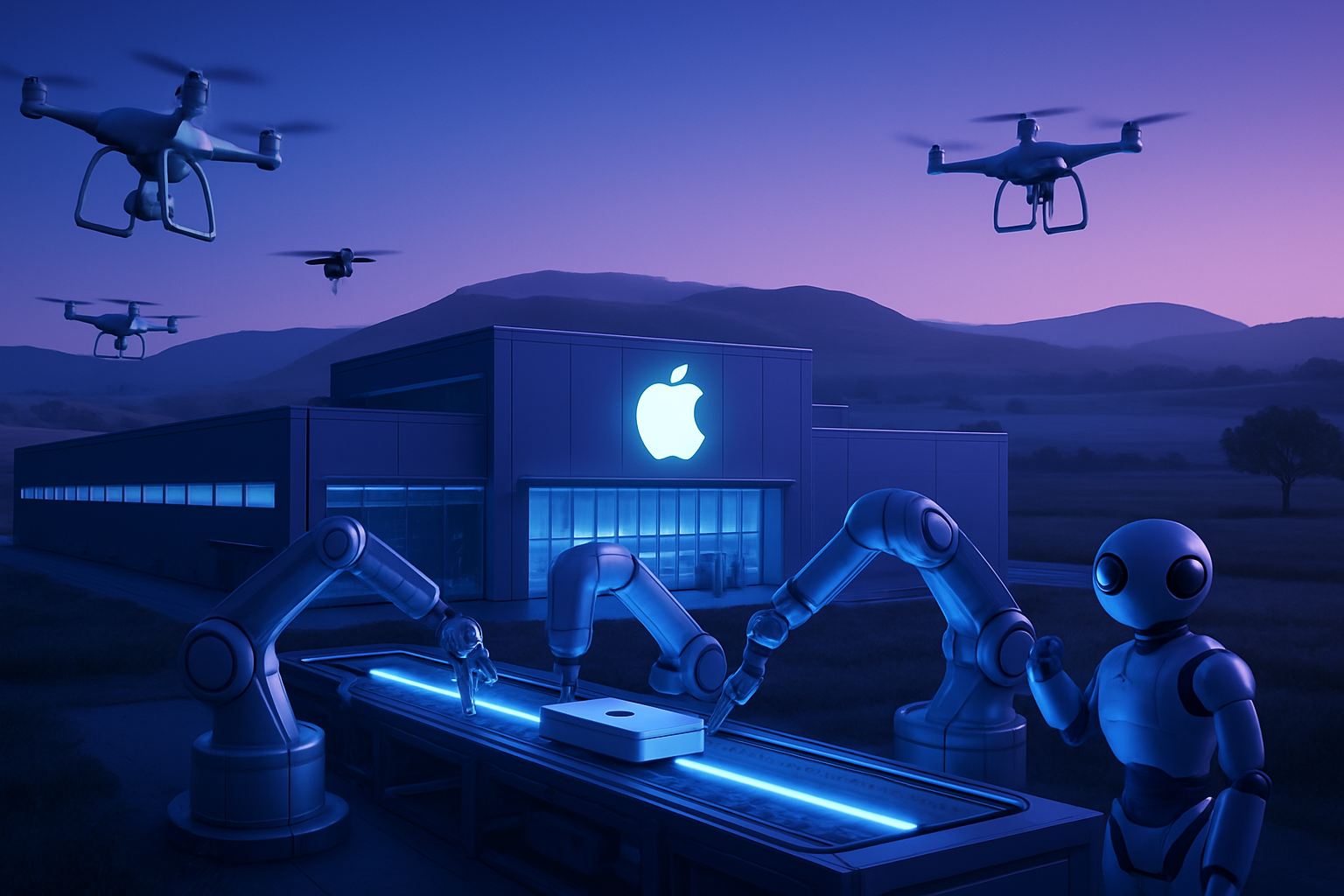Huawei is implementing a bold strategy to interconnect thousands of powerful artificial intelligence chips. This technological feat heralds a radical evolution in the way AI will be deployed, challenging traditional scalability models. The new SuperPoD architecture fosters an unprecedented synergy among processing units, allowing these systems to learn and reason as a coherent whole. This innovative approach is distinguished by its UnifiedBus 2.0 interconnection protocol, which overcomes critical challenges of reliability and latency in the realm of mass computing.
Huawei’s SuperPoD Technology
Huawei showcased a spectacular advancement in AI infrastructure architecture at HUAWEI CONNECT 2025. This development enables the connection of thousands of AI chips, dispersed across many servers, to function as a massive single unit. This approach revolutionizes the way artificial intelligence computing power is organized and deployed.
UnifiedBus 2.0: The Technical Foundation
The core of the architecture is based on the UnifiedBus (UB) protocol. According to Yang Chaobin, director at Huawei, this technology allows for deep connectivity of physical servers, transforming the whole into a single entity. Historical challenges of long-distance communication and bandwidth-latency have been fully resolved by this strategy.
Traditional copper connections, while reliable over short distances, do not have the capacity to extend their efficiency. The implementation of optical cables, on the other hand, presents reliability issues. The solutions proposed by Huawei integrate failure checks at every layer of its protocol.
Performance and Scalability of the SuperPoD Architecture
The Atlas 950 SuperPoD will mark a milestone with unprecedented processing capability, integrating up to 8,192 Ascend 950DT chips. With a reported performance of 8 EFLOPS in FP8 and 16 EFLOPS in FP4, the performance underscores an interconnection bandwidth of 16 PB/s. A single unit thus exceeds the global maximum internet bandwidth.
This architecture occupies a space of 1000 m², consisting of 160 cabinets, and has a channelized latency of 2.1 microseconds. The Atlas 960 SuperPoD is already in preparation, promising further innovations.
General Applications: Beyond AI
The concept of SuperPoD is not limited to *.AI workloads*. Indeed, the TaiShan 950 SuperPoD is designed to meet the challenges of traditional enterprises by replacing legacy systems. Eric Xu emphasized the importance of this model for sectors such as finance, definitively replacing traditional mainframe computers.
Open Architecture Strategy
Huawei has opted for an open architecture approach, a strategic decision aimed at encouraging collaboration within the artificial intelligence ecosystem. Xu lamented the lag in semiconductor manufacturing in China but highlighted the power of sustainable access to industry technologies.
Hardware components, such as NPU modules and water-cooled servers, will be released under open standards. This approach stimulates developer innovation, fostering the development of solutions tailored to various industrial scenarios.
Market Deployment and Ecosystem Impact
More than 300 units of the Atlas 900 A3 SuperPoD have been dispatched across various sectors, thus validating the technical claims. The deployment presents significant potential for the growth of AI infrastructure in China, circumventing access restrictions to advanced technologies.
For the global market, Huawei’s open architecture strategy offers an alternative to dominant proprietary solutions. The released components and open specifications should promote collaborative dynamics and a field of innovation in the AI sector.
Potential challenges and performances must remain under evaluation, but Huawei’s proposal could redefine strategic interactions while consolidating a competitive market.
The future of AI in China and Huawei’s long-term direction, integrating developments in open architecture, are to be closely monitored. The company’s new directions in technology innovation could influence the global technological landscape.
For those wishing to deepen their knowledge, events such as the AI & Big Data Expo in Amsterdam, California, and London pave the way for discussions around future advancements.
Additional information on Huawei’s AI strategy can be found here: Ren Zhengfei and the Future of Artificial Intelligence. Also, news regarding the shipment of competitive AI hardware can be explored through the following link: New AI Chip Samples.
Trends of export restrictions affecting tech giants are discussed in this article: Export Restrictions to China. Finally, information on Nvidia’s position in India and its partnerships is available here: Nvidia Strengthening Its Presence in India.
FAQ on Huawei’s Strategy for Consistent AI Chip Operation
What is the SuperPoD technology developed by Huawei?
Huawei’s SuperPoD technology allows for the connection of thousands of AI chips, creating an architecture that operates as a single logical unit. This enhances the efficiency and processing capacity of AI systems.
How does UnifiedBus 2.0 contribute to the SuperPoD architecture?
UnifiedBus 2.0 is the interconnection protocol that allows physical servers to communicate effectively, overcoming the reliability and latency challenges that have historically hindered large-scale AI development.
What challenges has Huawei solved with its new AI infrastructure?
Huawei has addressed long-distance communication and bandwidth-latency issues by integrating reliability into every layer of its interconnection protocol, enabling its systems to operate more coherently and reliably.
What are the benefits of the Atlas 950 SuperPoD?
The Atlas 950 SuperPoD offers exceptional performance with 8 EFLOPS in FP8 and 16 EFLOPS in FP4, as well as an interconnection bandwidth of 16 PB/s, ensuring unprecedented computing capabilities.
What role does open architecture play in Huawei’s strategy?
Open architecture allows Huawei to build an ecosystem around its technologies, facilitating the development of specific applications and encouraging collaborative innovation among its partners.
How does Huawei’s strategy affect the AI market in China?
Huawei is creating a national technological ecosystem, enabling the industry to overcome challenges related to semiconductor manufacturing and promoting the competitiveness of domestic AI infrastructures.
What are the benefits of the TaiShan 950 SuperPoD solution for the financial sector?
The TaiShan 950 solution, combined with GaussDB, is designed to replace legacy systems in the financial sector, providing a modern and efficient alternative to old mainframe computers and databases.
How does Huawei’s method for connecting AI chips differ from traditional approaches?
Unlike traditional approaches where servers operate independently, Huawei creates an integrated system where each chip and server communicate seamlessly, allowing for enhanced collective computation.






